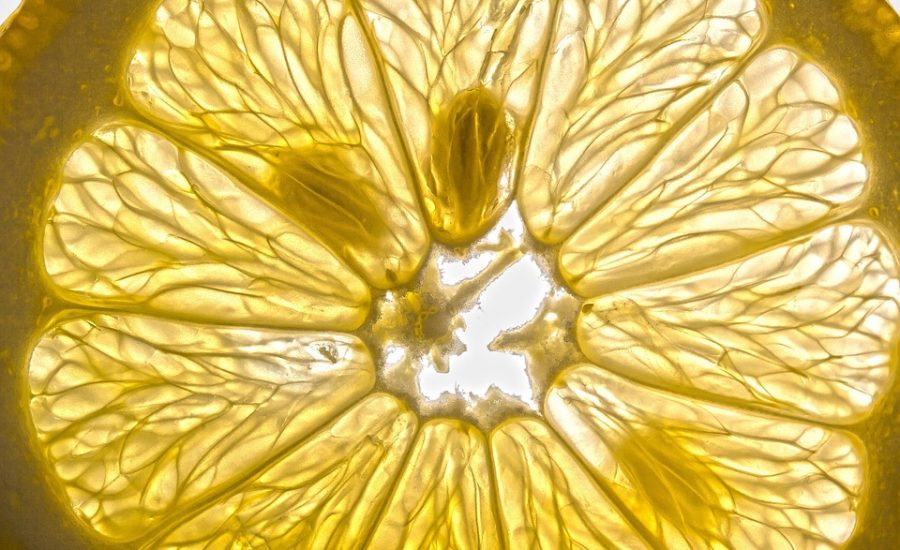Managing diabetes can often feel overwhelming, especially when it comes to meal planning. One of the most effective ways to maintain stable blood sugar levels is by incorporating low Glycemic Index (GI) ingredients into your meals. Low GI foods are digested slowly, causing a gradual rise in blood sugar rather than sharp spikes. In this article, we will explore the best low GI ingredients for diabetes-friendly cooking, breaking them down into categories, and providing tips on how to use them in your daily diet.
What is Glycemic Index?
The Glycemic Index is a measure that ranks foods based on how they affect blood sugar levels after consumption. Foods are assigned a value on a scale from 0 to 100, with lower values indicating a slower, more gradual impact on blood sugar. For individuals with diabetes, choosing low GI foods helps in blood sugar management, weight control, and reducing the risk of heart disease.
Low GI Foods: A Quick Overview
- Low GI: 55 or less
- Medium GI: 56 to 69
- High GI: 70 and above
The Benefits of Low GI Foods
In addition to keeping blood sugar levels stable, incorporating low GI foods into your diet can yield a plethora of health benefits:
- Increased Satiety: Feel fuller for longer, reducing the temptation to snack.
- Weight Management: Promote better weight control, crucial for managing diabetes.
- Improved Heart Health: Many low GI foods come packed with fiber and nutrients that support heart health.
Best Low GI Ingredients for Diabetes-Friendly Cooking
Whole Grains
Whole grains not only provide essential nutrients but also help maintain steady blood sugar levels.
- Quinoa (GI = 53): A complete protein that’s versatile in salads, bowls, or as a side dish.
- Barley (GI = 28): High in fiber, it can be used in soups or as a risotto base.
- Oats (GI = 55): Opt for steel-cut or rolled varieties; they’re perfect for breakfast or smoothies.
Vegetables
Colorful vegetables are packed with fiber, vitamins, and minerals, making them a must-have in your diet.
- Spinach and Kale (GI = 15): Leafy greens are low in calories and high in nutrients.
- Sweet Potatoes (GI = 44): A tasty alternative to white potatoes, rich in vitamins A and C.
- Cauliflower (GI = 15): A versatile veggie that can be riced, mashed, or roasted.
Legumes
Legumes are excellent sources of plant-based protein and fiber.
- Chickpeas (GI = 28): Perfect for salads, hummus, or curries.
- Lentils (GI = 21): Great for soups, stews, and as a meat alternative.
- Black Beans (GI = 30): High in protein and fiber, ideal for tacos or salads.
Fruits
Fruits offer essential nutrients and are a great source of natural sweetness.
- Berries (GI = 25-40): Strawberries, blueberries, and raspberries are low in sugar and high in antioxidants.
- Cherries (GI = 20): A delicious snack or dessert option with minimal impact on blood sugar.
- Apples (GI = 36): A convenient and healthy snack; pair with nut butter for added protein.
Dairy Alternatives
For those who are lactose intolerant or looking to reduce dairy in their diet, consider these low GI options.
- Almond Milk (unsweetened, GI = 30): Low in calories and a great base for smoothies.
- Greek Yogurt (GI = 11): Full of protein; enjoy it plain or with low GI fruits.
- Cottage Cheese (GI = 10): A protein-rich snack that can be mixed with herbs or fruits.
Healthy Fats
Healthy fats can help you feel satisfied and are crucial for overall health.
- Avocado (GI = 15): A creamy fruit that’s perfect in salads or as a spread.
- Nuts (e.g., almonds, walnuts, GI = 0): Packed with nutrients and great for snacking.
- Olive Oil (GI = 0): Use it for cooking or salad dressings to add flavor without raising blood sugar.
Tips for Cooking with Low GI Ingredients
Incorporating low GI ingredients into your meals isn’t just about selecting the right foods—it’s also about preparation and cooking methods. Here are some tips to help you get started:
- Meal Prep: Prepare your meals in advance to avoid last-minute high GI temptations.
- Experiment with Flavors: Use herbs and spices to enhance the taste of your dishes without adding calories or sugars.
- Combine Foods: Pair low GI foods with lean proteins and healthy fats for a balanced meal. For example, add chickpeas and spinach to a quinoa salad dressed with olive oil and lemon.
- Portion Control: Even low GI foods can contribute to weight gain if consumed in large amounts. Be mindful of serving sizes.
- Stay Hydrated: Drink plenty of water to help manage hunger and maintain healthy digestion.
Conclusion
Incorporating low GI ingredients into your cooking can significantly enhance your ability to manage diabetes while enjoying delicious meals. From whole grains and legumes to a variety of colorful fruits and vegetables, there is no shortage of options to explore. Make these foods a staple in your diet and embrace the diversity of flavors and recipes they can offer.
By understanding the impact of Glycemic Index on blood sugar levels, you not only empower yourself to make better dietary choices but also set the stage for a healthier, more balanced lifestyle. So, gather your ingredients, unleash your creativity in the kitchen, and discover the joy of diabetes-friendly cooking!
With the right ingredients and a little know-how, you can thrive while managing diabetes. Remember, always consult with a healthcare provider or nutritionist for personalized advice tailored to your needs. Happy cooking!









 Weight Loss, Unlocked.
Weight Loss, Unlocked.